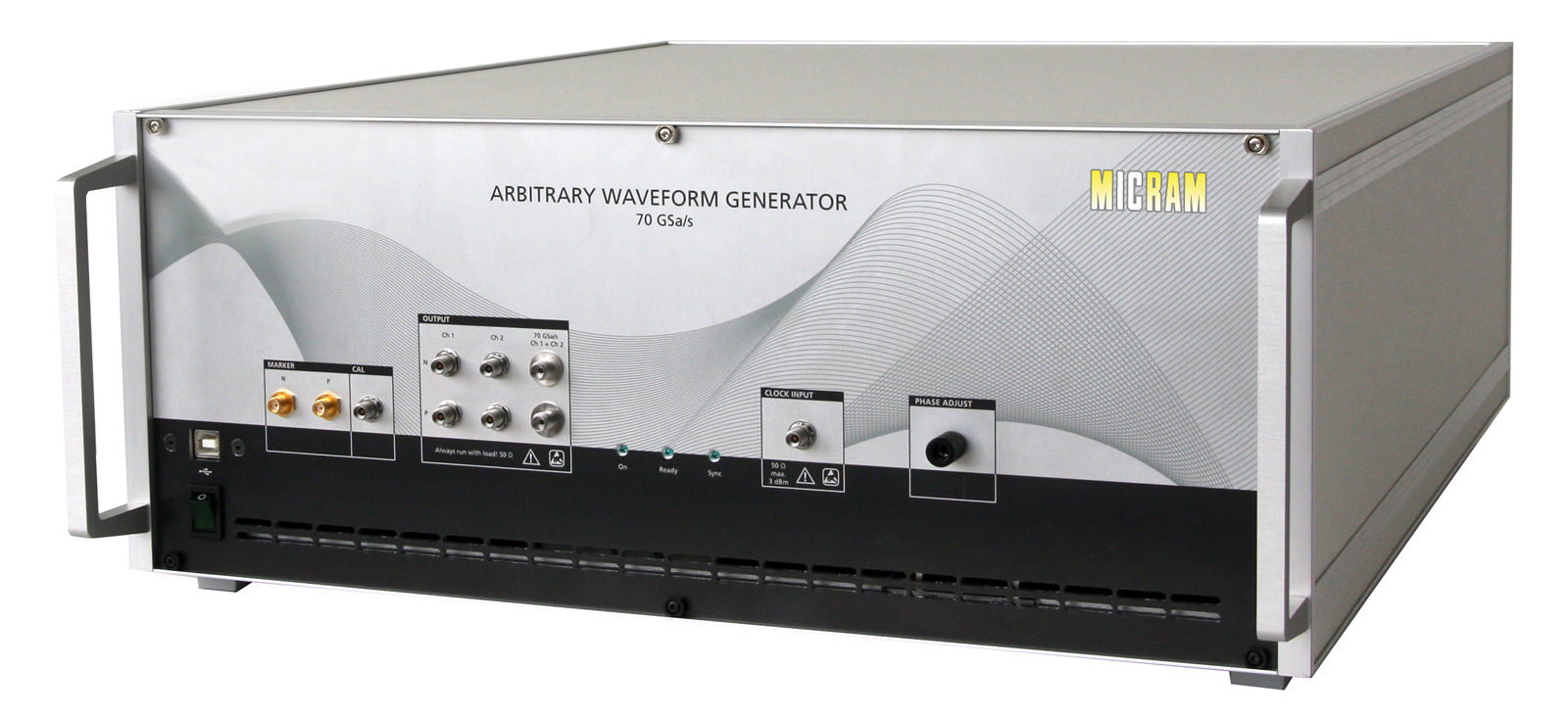Free-flowing traffic on the information highway
Our communication networks have to process constantly increasing volumes of data, pushing them to the limits of their capacity. An analyzer makes it possible to test new, efficient transmission formats quickly and with the minimum of fuss.

Our information highways are becoming increasingly busy places: according to the German Federal Network Agency, in 2012 Germans sent 4.3 billion gigabytes of data through the virtual transport network via broadband. In addition, around 140 million gigabytes were transmitted over cellular net- works. At the same time, the requirements for transmission quality and speed have been growing. Primarily as a result of data-intensive applications such as multimedia content, today’s communication networks are sometimes pushed to the limits of their capacity – and there is a real danger of traffic jams on the information highway. In future, only an improved infrastructure will suffice to quickly and reliably transport the growing masses of bits and bytes. However, as with conventional transport- ation, simply building new “roads” is not a realistic option with these virtual networks. “The available radio frequency spectrum is already largely exhausted in many places. This means that we have to use the existing frequencies more efficiently,” explains Dr. Klaus-Dieter Langer from the Fraunhofer Institute for Telecommunications, Heinrich Hertz Institute, HHI in Berlin. The same goes for the landline network: exploiting existing capacities with state-of-the-art technology is often cheaper than laying new cables.
Consequently, Langer and his team are working on transmitting more information in less bandwidth. To achieve this goal, they are testing out new modulation formats for fiber optic transmission technology. These are methods for accommodating as many bits as possible in a frequency unit. The simplest modulation format consists of a sequence of the values 0 and 1, which is achieved by switching the transmission signal on and off. The researchers’ concepts may involve adding several intermediate values, for instance, in order to obtain a higher bit rate. “Although complex modulation formats often seem very promising in theory, they can turn out to have unexpected effects when we test them,” says Langer. In order to test the practicability of new transmission techniques, researchers usually use signal gen- erators as found in circuit design. More sophisticated versions – arbitrary waveform gen- erators or AWGs for short – are capable of creating random sequences of signals. Such a tool can make life much easier for researchers and developers. “Otherwise, we would have to construct specific circuits for the required signals. And that would be far too time- con- suming, particularly with complicated signal forms,” explains Langer.
World’s fastest analyzer for testing transmission techniques
Fraunhofer HHI in Berlin has developed what is currently the fastest AWG in the world. At sample rates of 70 GSa/s – that is, 70 billion sample values a second – it is possible to quickly and easily simulate any kind of scenario with very high data rates and signal fre- quencies. The AWG is based on two digital-to-analog converters with 35 GSa/s each and the highest bandwidth available on the market. The predecessor to today’s analyzer was originally developed by HHI researchers for their own use, but it aroused such interest that the technology is now also available to the institute’s customers. As well as testing new modulation formats, the high-end AWG can also be used to optimize existing transmission methods: “For example, we can deliberately impair the signal to find out how tolerant the transmission is to signal fluctuations and to identify any points of weakness,” says Langer.
The findings help to improve transmission techniques for existing broadband and radio networks, making us better able to cope with the constantly growing flood of data. “In ad- dition to speed, energy efficiency is also an important factor here – just think of big data centers such as the ones Google operates,” points out Langer. However, demand for highly efficient transmission methods is also increasing among companies looking to further develop high-tech devices – such methods are the key to faster computers and smaller, more powerful devices.